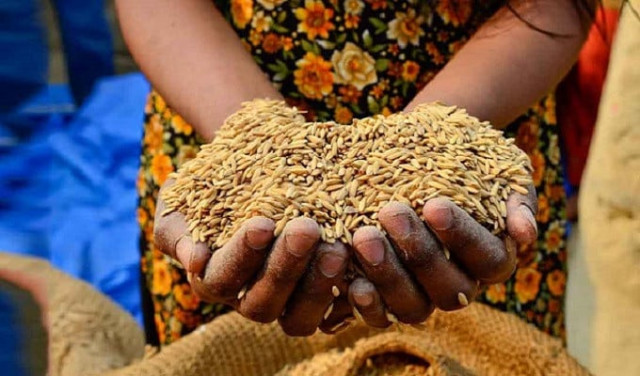Call for employing technology to achieve food security
Experts say global food system needs to be reshaped to ensure nutritious diets for everyone

Speakers have said that a sustainable food system is at the core of the UN Sustainable Development Goals (SDGs) that call for major transformations in agriculture and food systems to end hunger, achieve food security and improve nutrition by 2030. They said that to achieve the SDGs, the global food system needs to be reshaped to ensure the inclusiveness of low-income and marginalised populations to provide healthy and nutritious diets to everyone.
They said that maintaining compatibility between agricultural and population growth always remains a major challenge for the states and as any downward imbalance may lead to food scarcity and resultantly to famines. Therefore, growth in the production of edible items remains a central point in policies of every government to explore new avenues for enhancing productivity and value addition to agricultural production through research and novel cultivation mechanisms.
The technological advancement coupled with financial and policy interventions has started showing results in Pakistan with enhancement in under cultivation land area as well as an increase in per acre yield of the crops. The country's agriculture sector has made remarkable growth of 4.40% during the last fiscal year as it surpassed the set growth target of 3.5% and the last year’s growth of 3.48%.
This growth was mainly driven by high yields, attractive output prices and appropriate government policies, besides the availability of certified seeds, pesticides and access to agriculture credit. The crops sector recorded 6.58% growth as compared to 5.96% of the previous year.
“After the decline of many years, cotton output grew by 17.9% and its price remained stable in the local market after the introduction of the minimum intervention price level,” said Cotton Commissioner Dr Khalid Abdullah. “Due to cotton crop intervention price, its local output grew by two million bales despite a nine per cent decrease in cotton cultivation area as compared to last year,” he added.
“Other factors in increasing cotton production were growers' investment in crop management, application of adequate fertilizers and pesticides,” he said. “We shall also organise training programs to maintain this momentum.”
He mentioned the provision of quality and high-yielding seeds to enhance the per-acre output of different crops as four triple gene cotton verities and seven double gene varieties have also been approved by provincial seed councils for commercial cultivation in the country.
Published in The Express Tribune, August 22nd, 2022.



















COMMENTS
Comments are moderated and generally will be posted if they are on-topic and not abusive.
For more information, please see our Comments FAQ